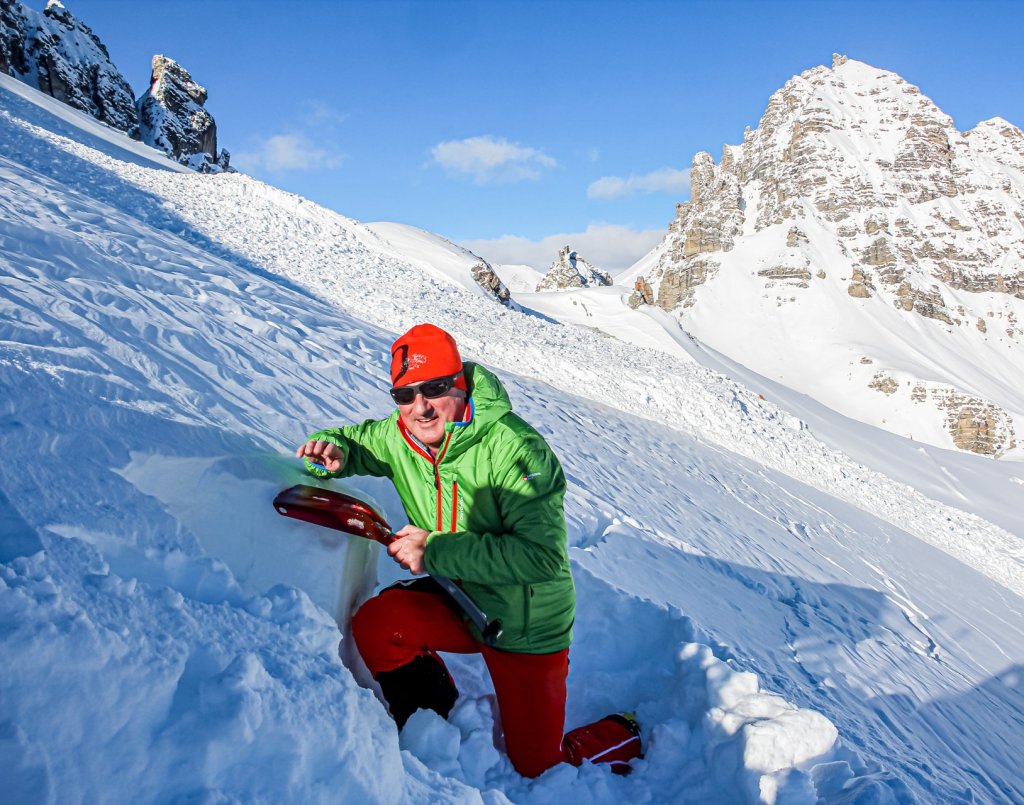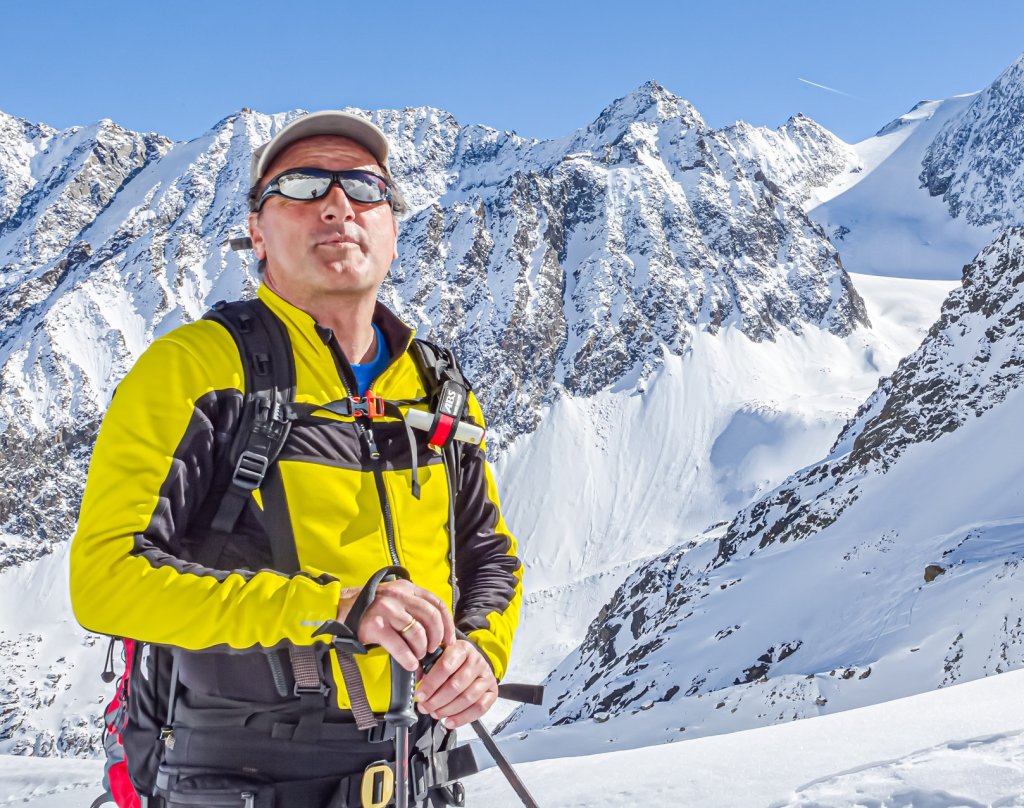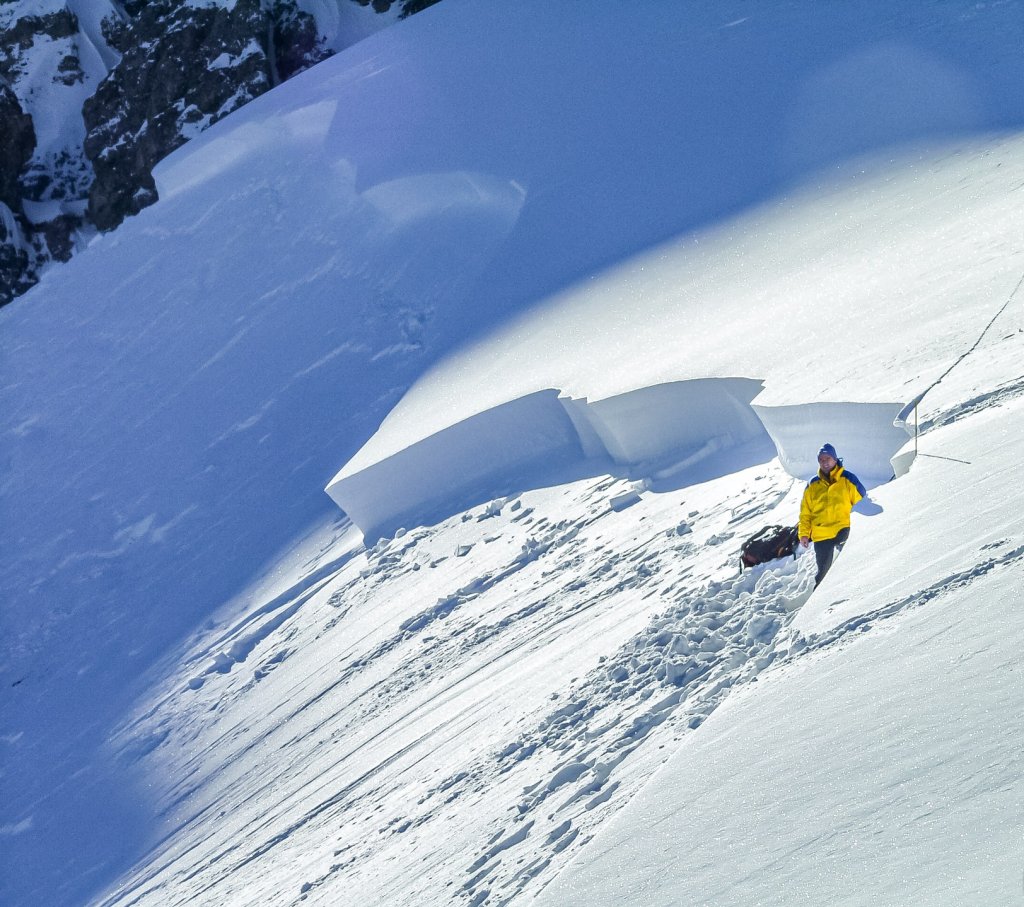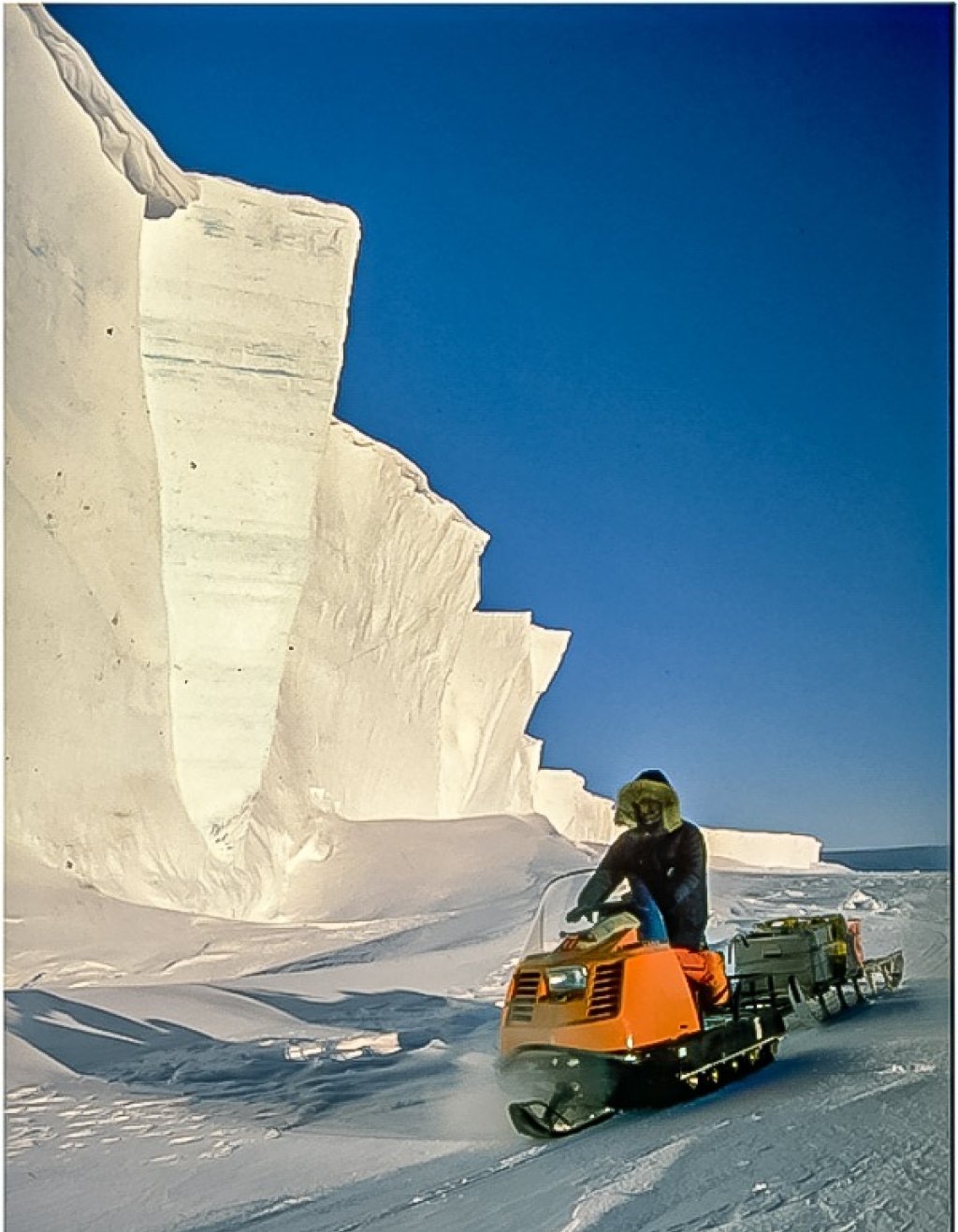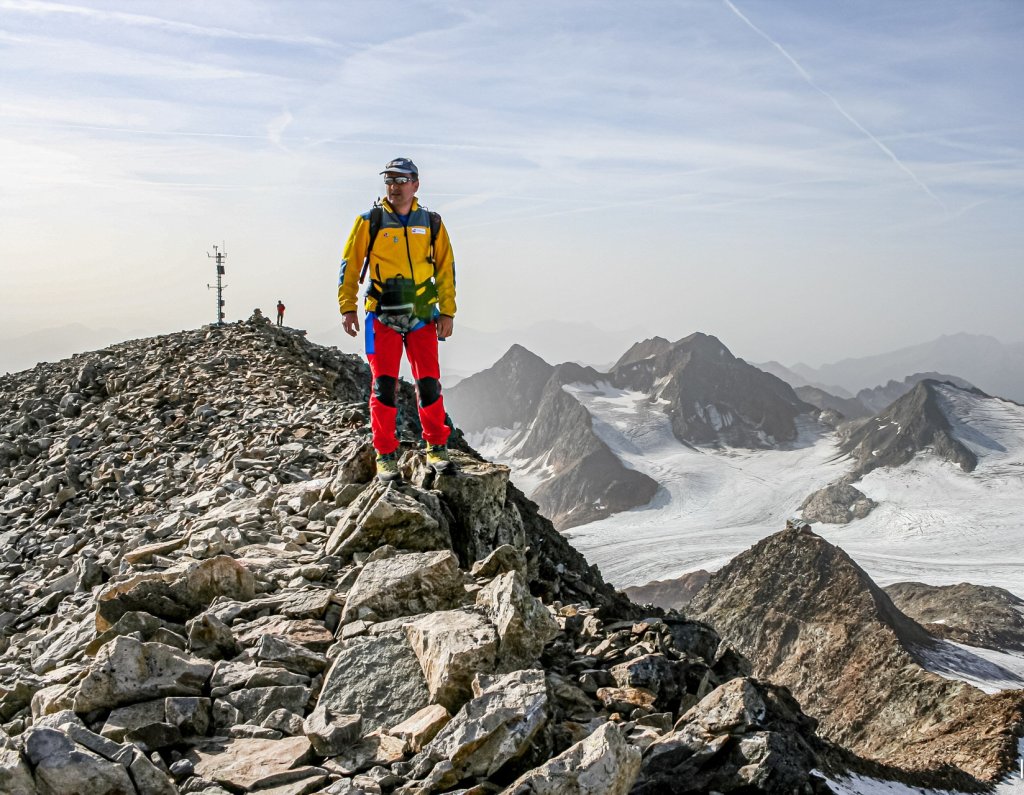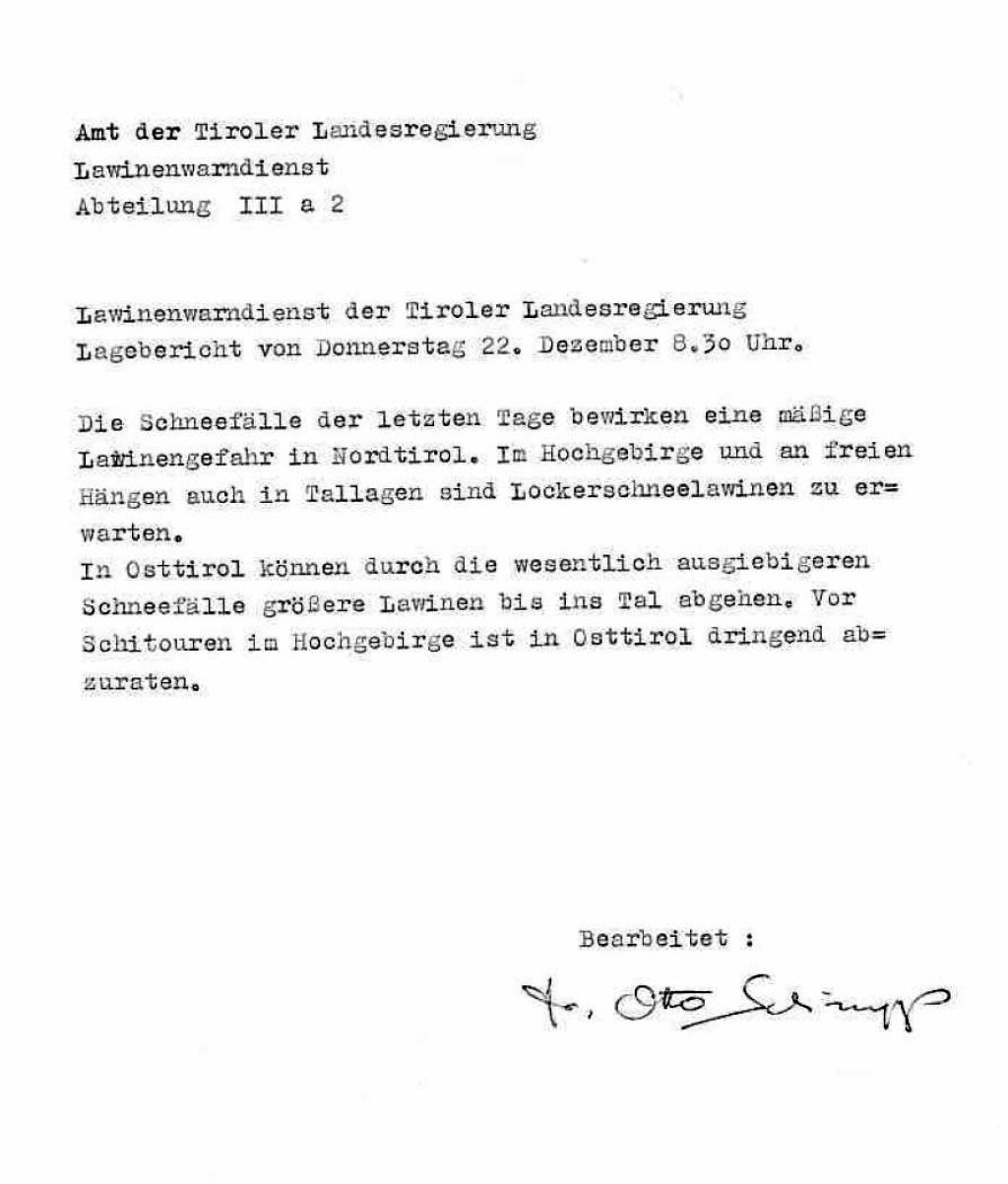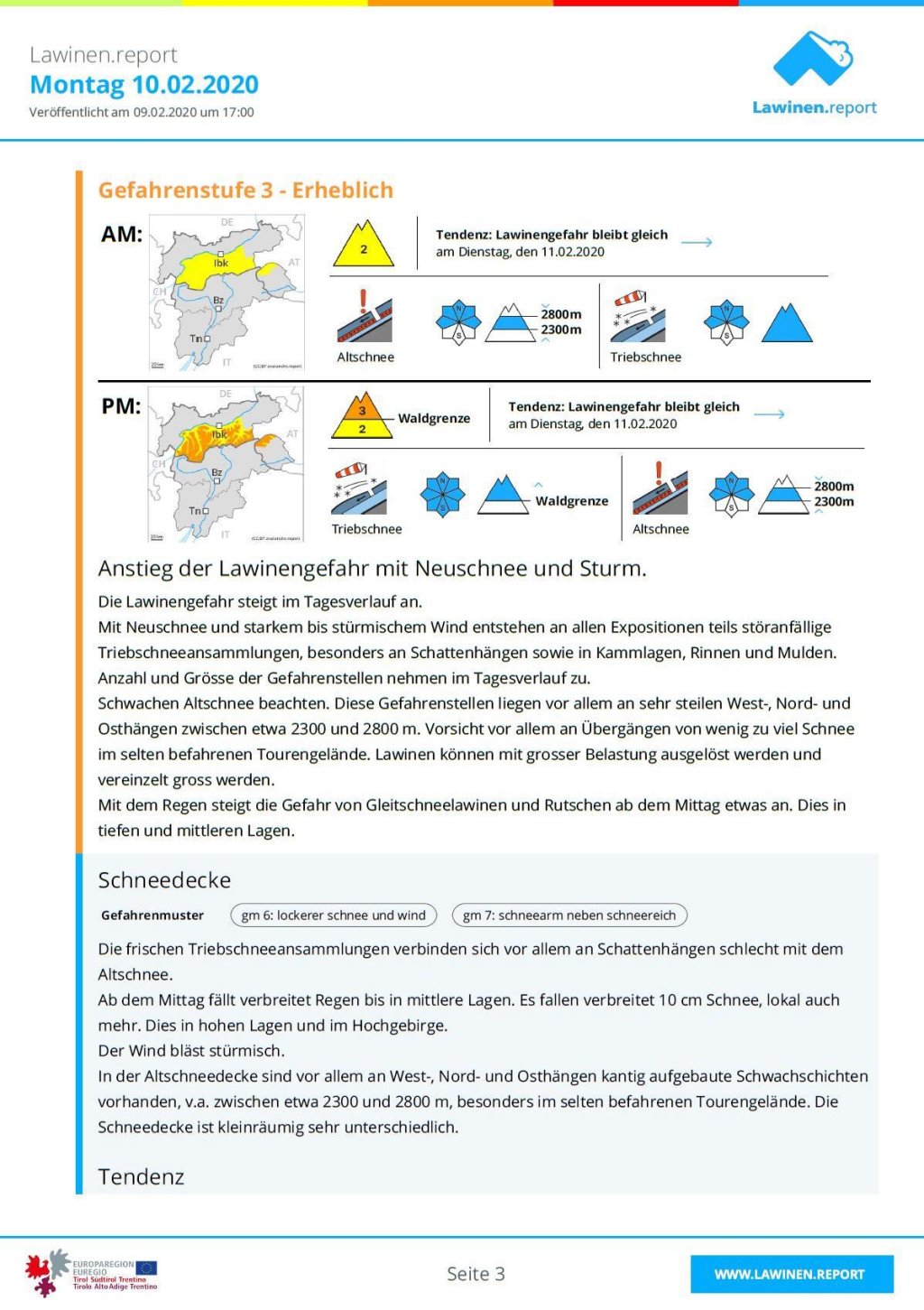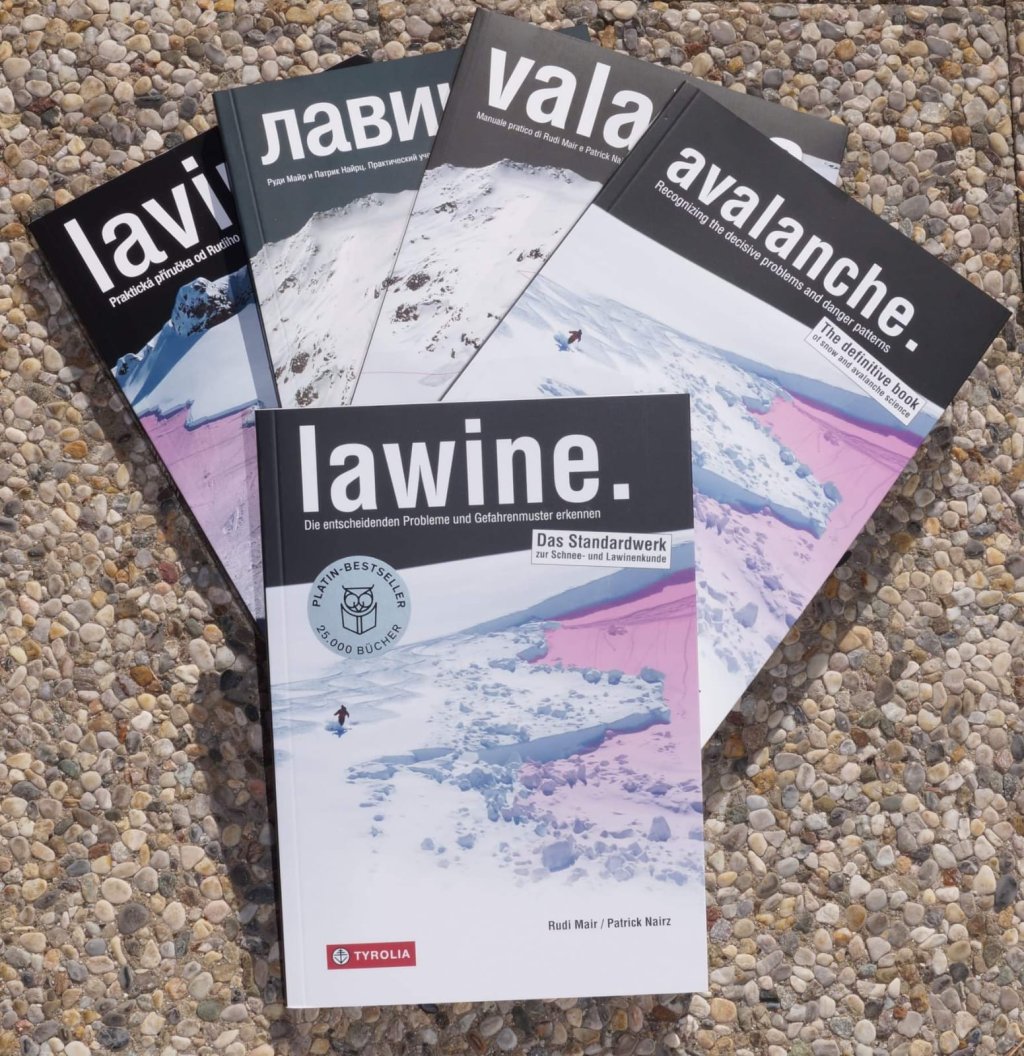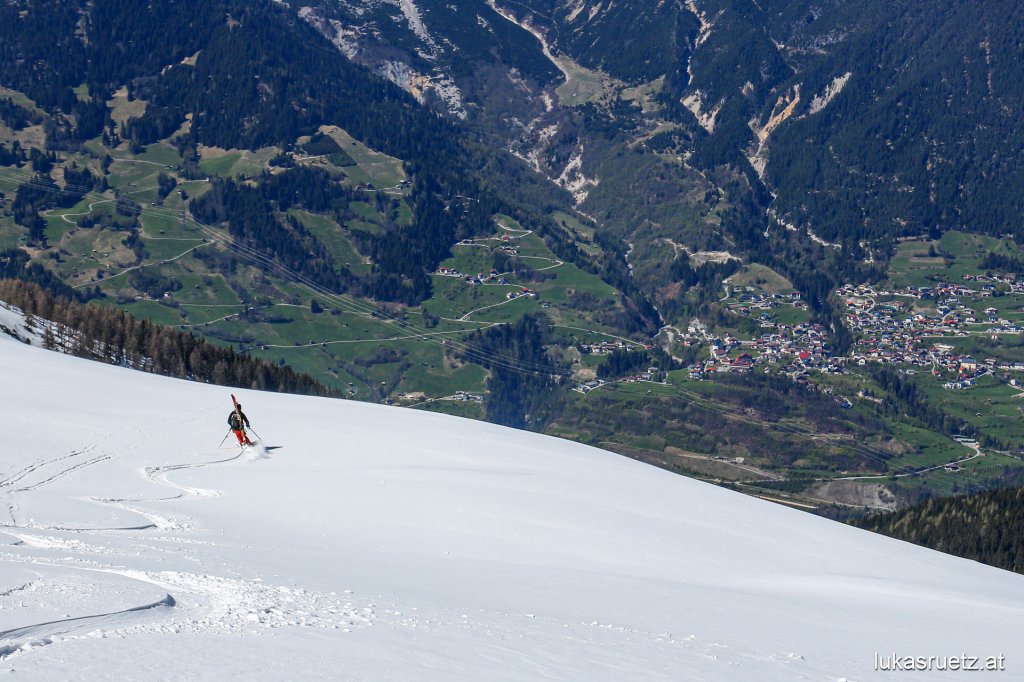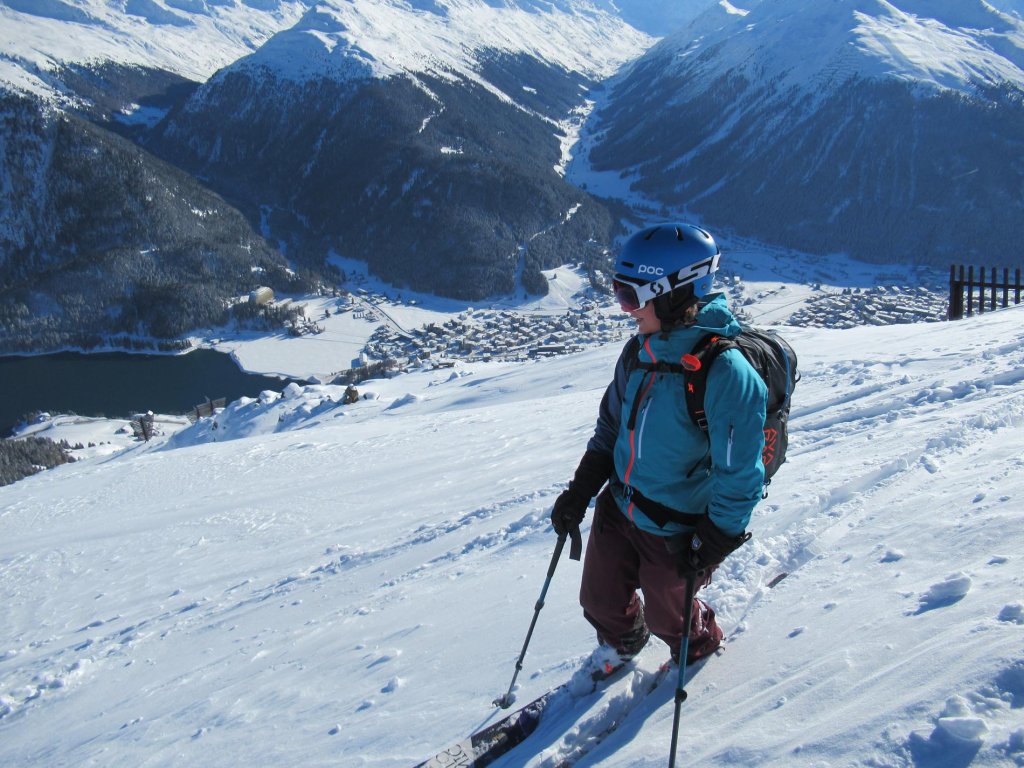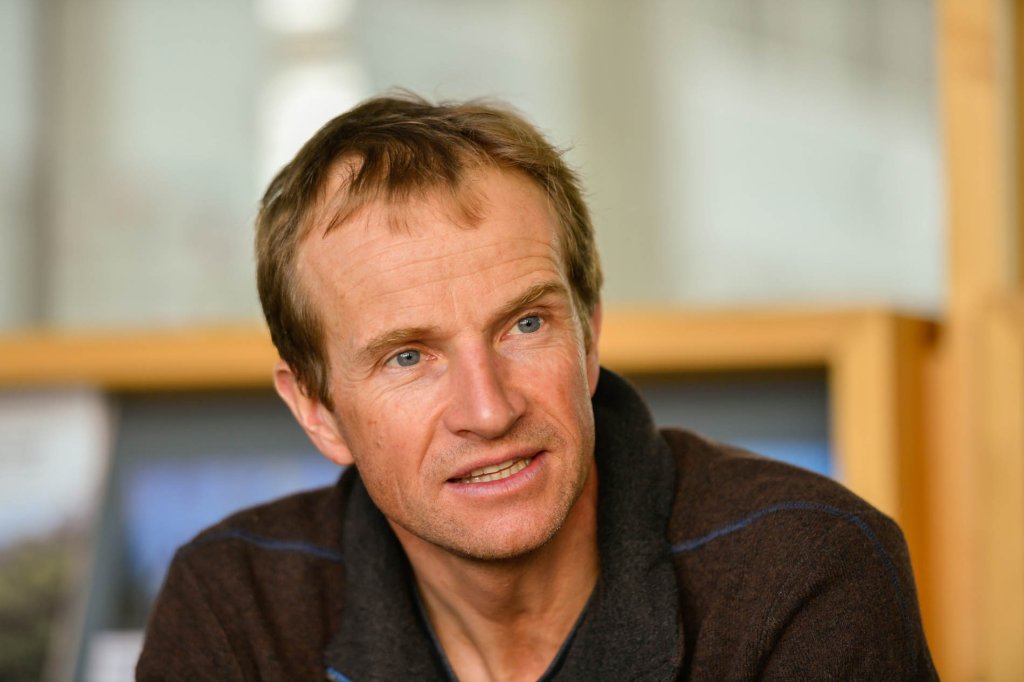LR: In addition to your 24/7 job in winter to create the daily avalanche report, record snow profiles, evaluate them and spend hours reviewing and analyzing data on weather and snow, interviews and warnings about precarious situations in the media are as much a part of your work as snow is to winter. How many interviews have you given since you joined LWD Tirol? Can you give an estimate - it must be in the thousands?
RM: This year in October and early November, there were probably around 50. In an average winter, there are several hundred interviews. After an avalanche accident like the one on the Großvenediger at the beginning of October with the first avalanche victim, the phone rings almost non-stop. I'm now starting my 31st winter in avalanche warning, there really must be thousands by now. I used to keep newspaper cuttings, but I stopped doing that a long time ago.
In the beginning, I was very reluctant to do interviews in this job. But I realized that if you don't do it, others will talk about your work. And the avalanche is a very interesting topic in terms of media presence. The great white death is similar to the great white shark, a myth, scary. You hear almost nothing about the many traffic fatalities or drowning victims. Of the handful of fatal avalanche accidents per season in Tyrol, almost every one is on a front page. But actually, the journey to the mountain is more dangerous than the mountain itself.
And I see it as one of the main tasks of the avalanche warning service to issue warnings when necessary. After all, we are a warning service and not a secret service and the public also provides tax money for this.
How did the avalanche warning service in Tyrol actually come about? Usually, the installation of warning systems is preceded by major disasters.
In the 1950s, there were two major avalanche winters in Austria, 1951 and 1954, each with well over 100 deaths in the permanent settlement area.
My grandfather always told me that in 1951, the entire Sellraintal road between Sellrain and Kühtai was a single avalanche cone.
In 1951, almost the entire country was affected, in 1954 mainly the Großes Walsertal. However, the main reason for the founding of the LWD Tyrol on December 1, 1960 was Tyrol's application for the 1964 Winter Olympics.
Since the founding of the LWD in Tyrol, how many avalanche forecasters have there been? Have there been frequent changes or have your predecessors remained as loyal to the profession for decades as you have?"
There are and have been a total of six forecasters. From 1960 to the end of the 1970s, Otto Schimpp was the only avalanche forecaster in Tyrol. Then Raimund Mayr joined, who took over from Schimpp in 1990. I was part of the team from 1990 onwards. Since October 1999 as head of the avalanche warning service. In 1999, Patrick Nairz also joined as a forecaster. Since 2019, two young, motivated and excellent forecasters have been on board: Norbert Lanzanasto and Christoph Mitterer.
I am now probably one of the longest-serving avalanche forecasters in the world. From the group picture in 1993 - when we agreed on the standardized, five-level danger scale at a Europe-wide meeting of avalanche warning services - only I am still in office.
